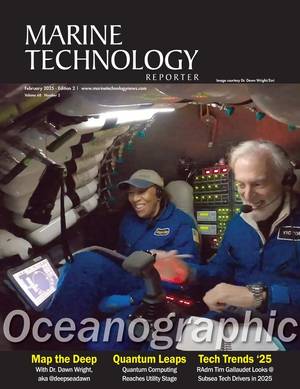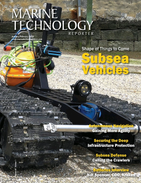DeepOcean Working with New Teledyne TSS Cable Trackers
A recent investment by DeepOcean in four pipe/cable tracking systems from Teledyne TSS is now bearing fruit with the company putting them to work on a number of different subsea projects. DeepOcean took delivery of two TSS 440 and two TSS 350 systems at the start of the summer season and has been using them regularly since then.
The four systems are occupying an essential role in DeepOcean’s high technology equipment inventory. The company undertakes a wide range of subsea services that include survey and seabed mapping, subsea installation and intervention, inspection, maintenance, repair and decommissioning. The Teledyne TSS systems can be used for cable and pipe tracking which is essential for many of these tasks and DeepOcean is now making good use of their capabilities.
A newbuild cable-lay vessel was recently chartered by DeepOcean from Maersk Supply Services, and the cable trackers are expected to be used to support its work. The new ship will be involved with Interconnector projects as well as work in the oil, gas and renewable sectors. Commenting on the new ship, Tony Inglis, DeepOcean UK’s managing director, said, “This next generation cable lay vessel, in combination with our survey and trenching capabilities, will enable us to bundle our services for customers in the offshore power cable and umbilical markets. The versatile new vessel will be well suited for installation and burial projects using its 7,000 metric ton carousel from land-fall to deepwater and also in remote geographical locations.”
Other projects that are likely to require the use of the new pipe and cable trackers include a recently announced contract to provide inspection, repair and maintenance services for the subsea assets of Dong Energy in Danish and Norwegian waters. The company has a strong track record in the inspection of subsea pipeline systems and will be fitting the TSS systems to its ROVs when surveys are required.
The investment in the TSS cable tracking systems is a reflection of the volume of work that DeepOcean is currently undertaking. Its trenching services are being employed on the Western HVDC Link project where the scope of its work includes pre-lay survey, pre-lay grapnel run, post-trench survey and trenching of over 560km of HVDC cable in water depths up to 165m. Because the TSS systems also include a pipe tracking capability the company is able to use them when servicing a new two year contract with Nord Stream AG for the inspection of the Nord Stream gas export pipelines in the Baltic Sea. This contract includes the full external inspection of the two pipelines by its vessel Deep Vision using ROV and ROTV methodologies and the TSS tracking systems.
Since the launch of the TSS 440 in 2003, significant numbers of this system and of the TSS 350 have been sold to make them the world’s most widely used tools for pipe and cable tracking. The TSS 440 is used by the oil and gas and the submarine cables industries to locate and survey pipelines and cables on or below the seabed at water depths down to 3,000m (9,843 ft). The Teledyne TSS 440 and 350 systems are typically mounted on an ROV. The 440 system uses active pulse induction technology in conjunction with an advanced algorithm to detect targets. This provides significantly better detection performance than magnetometer-based detection systems which can sometimes lose pipes due to the inherent background magnetism of the Earth. Depending on the size and shape of the target, the 440 offers detection ranges 30-50% greater than previous models. This superior range means that it can also deal with the potential errors that arise when a pipe is in an open trench or passing through a rock berm.
The TSS 350 system is designed specifically for the detection and survey of tone-carrying cables. It features a comprehensive software display and menu structure in which real-time information is presented in a clear graphical format. This is also provided as a digital output for storage and subsequent processing. The TSS 350 is a fully integrated system that provides accurate survey data, verifying location and burial status of a cable as well as providing operators with fault location, vehicle skew angle and look-ahead information.




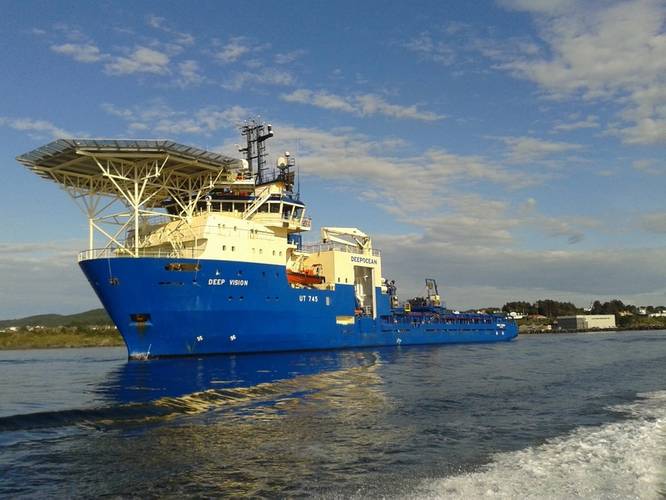
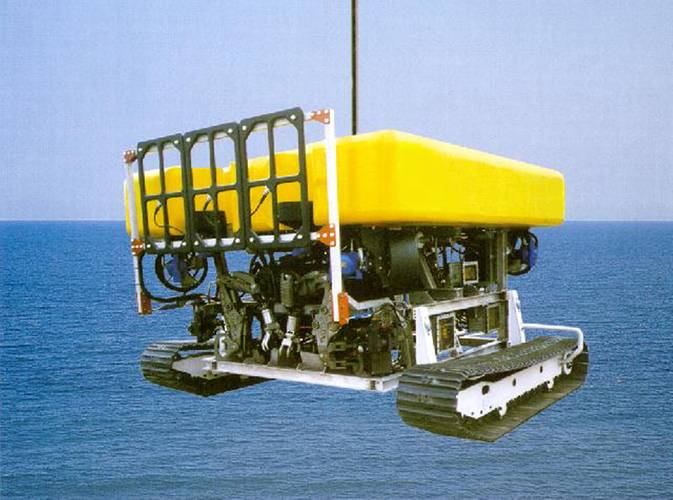
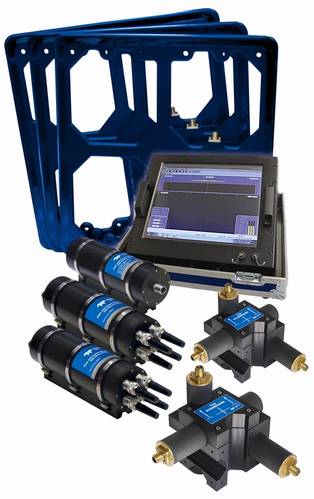
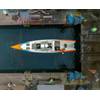

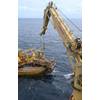
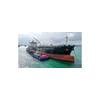

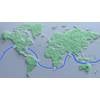





 February 2025
February 2025
